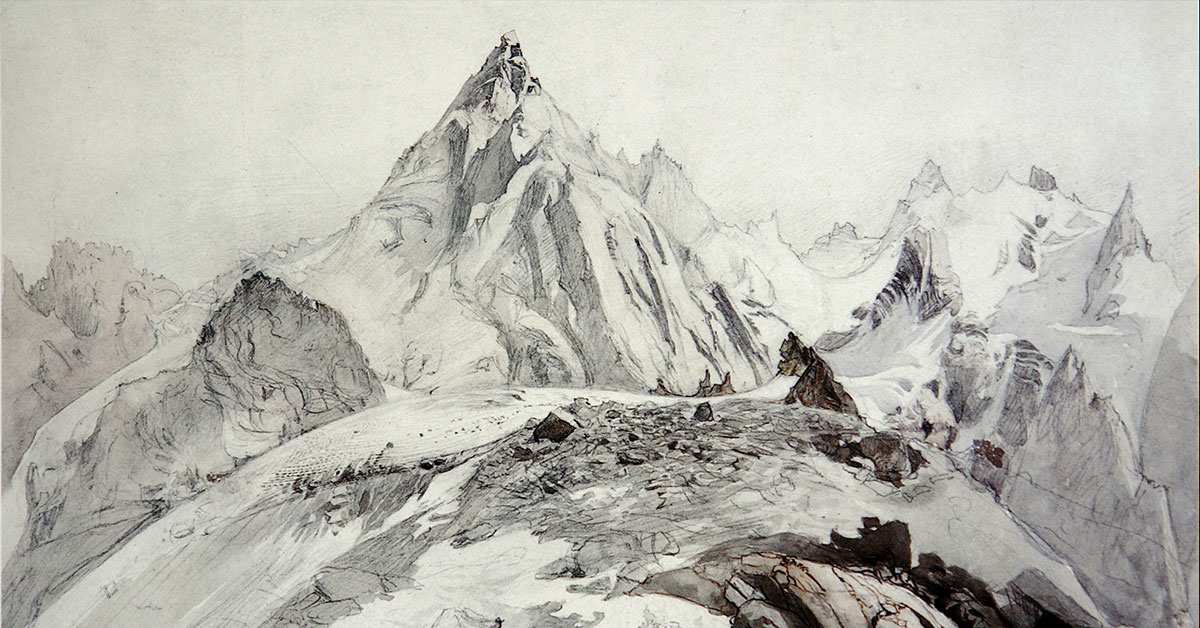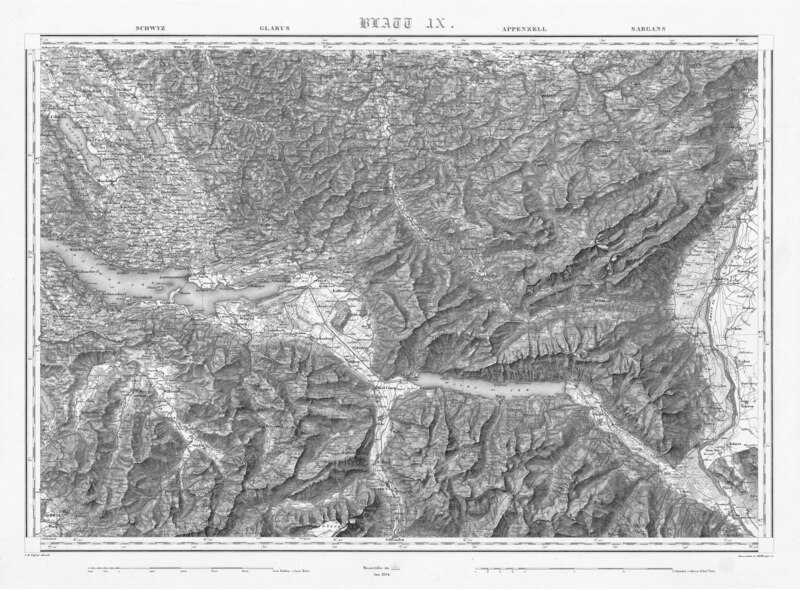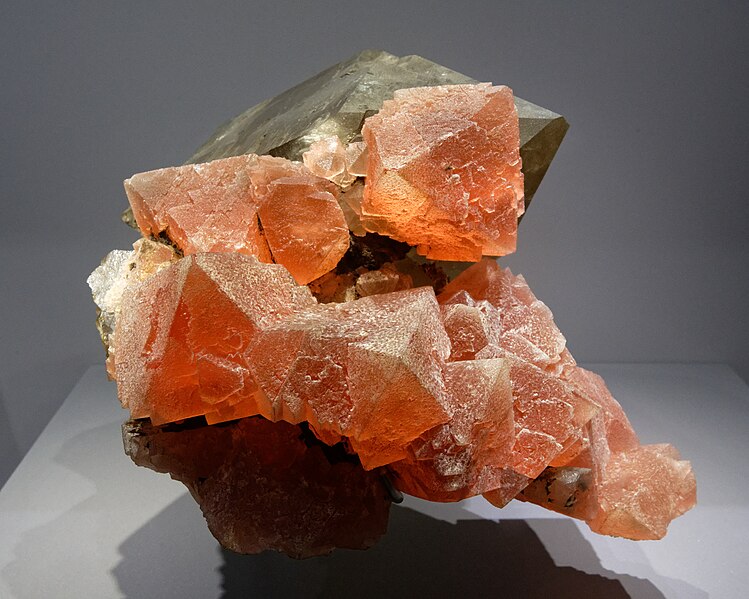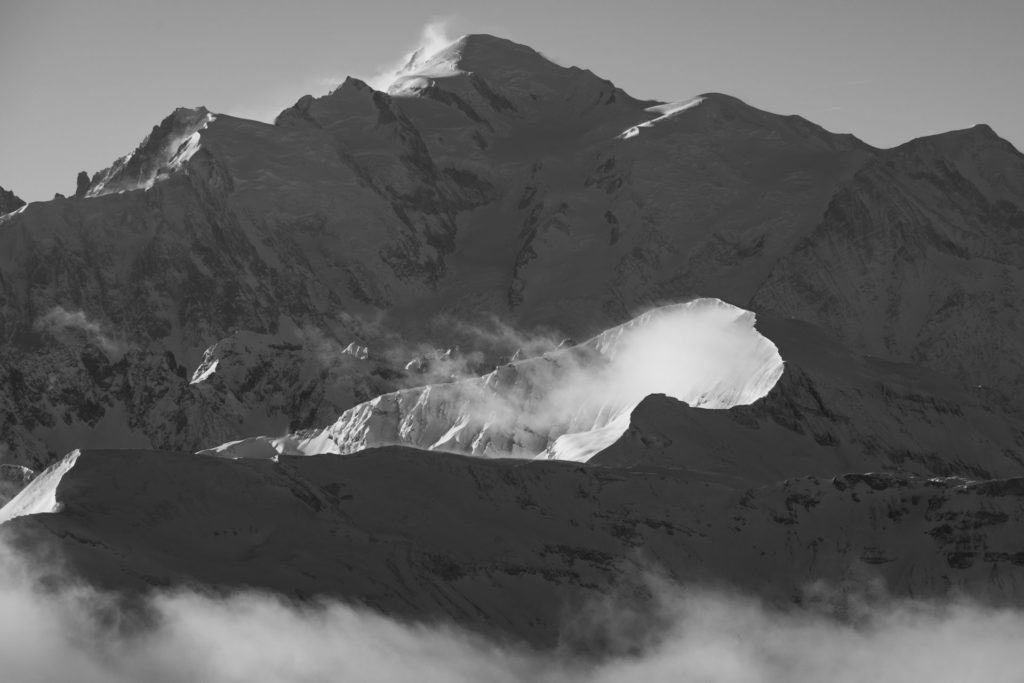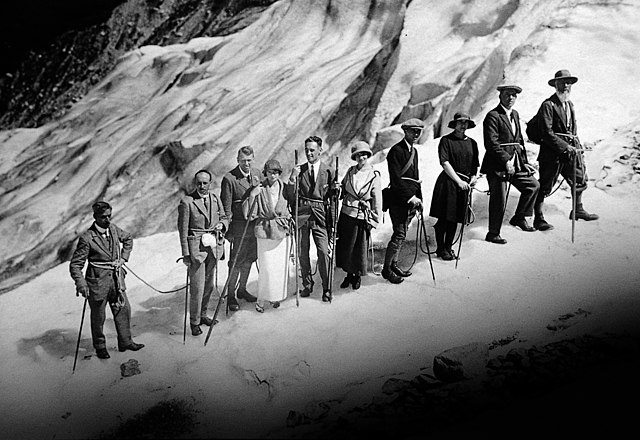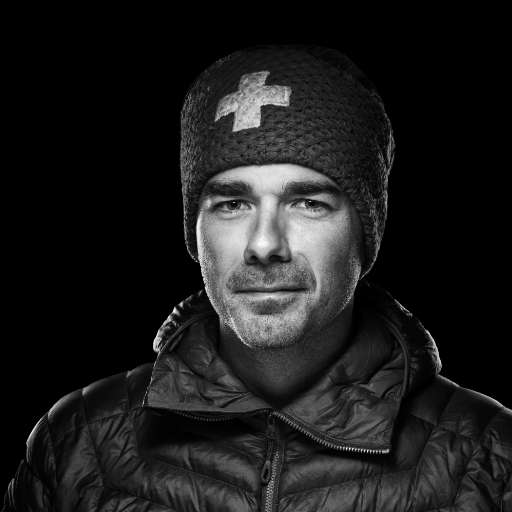
The life of John Ruskin (1819-1900), British writer, poet, art critic and painter is closely linked to the Alps
A great traveler who had visited the continent many times, especially Switzerland and Italy, he saw the Alps for the first time from Schaffhausen, during his first trip to Switzerland in 1833, when he was 14 years old. It was an immediate revelation. The love of the mountains would never leave him and, more than anywhere else, it was in the mountains that Ruskin felt truly at home, as he wrote on July 24, 1845, upon arriving at Macugnaga, at the foot of Mount Rose, after several weeks in Italy.

Ruskin and Turner, Ruskin as an artist
His love of the Alps stems in part from his great admiration for Joseph Mallord William Turner (1775-1856), one of the greatest British painters. Turner also visited Switzerland several times, a country he greatly admired, especially for its mountains, and from which he produced several paintings. The origin of Modern Painters, one of Ruskin's most famous writings, lies in his desire to defend his favorite painter from criticism. Ruskin even followed in the painter's footsteps in order to better understand Turner and his art, and on several occasions visited sites he had visited in order to see for himself the changes Turner had made to the landscape in his works.
The most famous example is the Faido Pass, which Ruskin elaborates on in the fourth volume of Modern Painters. Ruskin admired Turner so much that he sought to imitate him and was not satisfied with his work if it did not resemble a Turner watercolor. Like many English amateur artists of his time, Ruskin painted only in watercolor or wash, never in oil.
Ruskin photographs the Alps
Ruskin did not only paint and draw the Alps, he also photographed them
He was in fact one of the first to do so, using the daguerreotype, which he discovered in 1845 during a stay in Venice. Ruskin even claims in Deucalion, an autobiography, to have been the first to take a photograph of the Matterhorn, or indeed of any Swiss mountain, on August 8, 1849. The photo was taken from the banks of the Riffelsee, a place that was already relatively fashionable at the time, apparently only hours before Gustave Dardel photographed the Matterhorn from the St. Theodule glacier. Ruskin and his valet John Hobbs, nicknamed George - for it is in fact he who takes the photographs, Ruskin never touches the technical aspects - actually took many daguerreotypes in the Alps in 1849, especially at Chamonixwhere they photographed the mer de Glace from Montanvert. Enthusiasm for photography gave way to hostile criticism and after a trip to Switzerland and Piedmont in 1858, Ruskin never took another photograph. Most of the 320 daguerreotypes taken by Ruskin were purchased by Ken and Jenny Jacobson, who have produced a beautiful book: Carrying off the palaces: John Ruskin's lost daguerreotypes.

Geological interest in the Alps
Ruskin's interest in mountains was also geological, and this stemmed from his reading of Voyages dans les Alpes by Horace-Bénédict de Saussure (1740-1799), a geologist, naturalist and writer from Geneva. In fact, many of his drawings and daguerreotypes were geological in nature, helping him to better understand the shape, formation and nature of mountains. He repeatedly drew the Matterhorn, for example, to demonstrate that the famous mountain is in fact less steep than it looks. Ruskin only understood what he drew. His awareness of erosion, new at the time, led him to see mountains as ruins, the remains of a lost original state, like the ruins of a wall. In 1876, the architect Viollet-le-Duc attempted to restore the original state of the Mont Blanc massif in a study.

Chamonix and Venice, Ruskin's two favorite destinations
Ruskin's life can in fact be read as a balancing act between Chamonix and Venice. As early as 1841, he stated that Chamonix and Venice were his "two destinations on earth", even though he had only spent a long time in Venice and two short stays in Chamonix. He would return to these two cities several times. Ruskin saw Chamonix - which he considered to be in Switzerland all his life - as the Alpine place par excellence, while Venice was unique in the world for him.
Behind this love for Chamonix and Venice, we must in fact understand that the former represents for Ruskin the beauty of nature and the latter, that of art, the critic particularly appreciating, besides Turner, Venetian art, especially Tintoretto. And Ruskin perceives Venetian architecture through the prism of the Alps: he recognizes, for example, in a Venetian palace the curves of the Blaitiere needle, summit characteristic of Chamonix. This proximity is due in particular to the fact that Ruskin wrote Modern Painters and The Stones of Venice at the same time.

Criticism of tourism and mountaineering
This proximity between mountains and architecture is reflected in one of the English critic's best-known and most repeated formulas, when he refers to mountains as the cathedrals of the Earth. Although he questioned his faith in the last years of his life, Ruskin was indeed imbued with religious sentiment, which led him to have a spiritual and moralistic reading of society and history, but also of the landscape and the mountains. Ruskin was very critical of the mountaineering that was developing in his time and had very harsh words following the famous disaster of the first ascent of the Matterhorn in 1865. Ruskin was also very critical of tourism and the developments it brought about, whether it was the train, the hotels or simply the influx of travelers.
Ruskin and climate change
But if Ruskin turned away from the mountains in his later years, to the point of not going to Chamonix in 1882, it was not because of tourism. Although he died in 1900, Ruskin was able to see the first effects of global warming in the mountains. And as he himself wrote in a letter in 1879, he felt betrayed by the glaciers that were beginning to melt. The shock must indeed have been strong for him who considered the Alps and especially Chamonix as a timeless haven of peace. More than a century after his death, the melting of the glaciers and tourism in the Alps have never been so important.
What would he say today?
